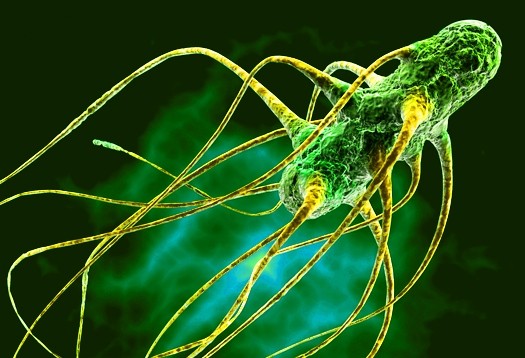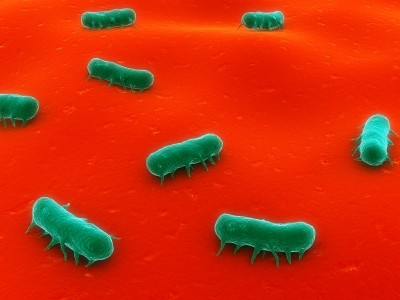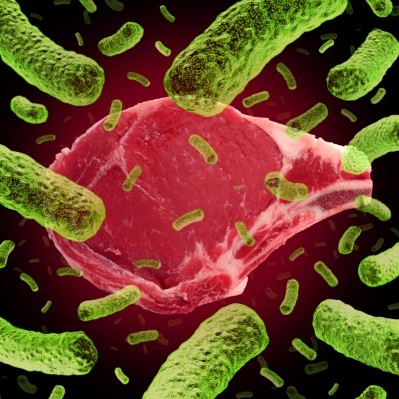Reports from VIV Europe
Formaldehyde substitute gives residual protection in feed against E. coli and other pathogens, says Anitox

We talked to Pieter Wolleswinkel, commercial director at Anitox for EMEA, at VIV Europe in Utrecht, where the additive, Finio, was launched.
He said the product was three years in development and employs a unique combination of commonly used and pre-approved phytochemicals and carboxylic acids to treat feed at low inclusion rates.
“Finio, which is patent pending and approved for use in Europe, the US and Asia, has been shown, in laboratory trials, to reduce levels of Enterobacteriacae by more than 90% when applied at a dose of 2kg per metric ton of feed,” said Wolleswinkel.
In vitro studies, carried out at the firm’s laboratory in Atlanta, showed the new additive was effective in combating various pathogens detrimental to animal health and performance from E. coli to Staphylococcus aureus to Clostridium perfringens, he said.
Company research also demonstrated that Finio has pathogen control capacity three times that of three commercial blends of organic acids, which are being used as substitutes for formaldehyde-based feed treatments in certain markets.
And, taking an average of 11 independent trials, feed for broilers treated with Finio will generate a 2.1% improvement in feed conversion rates and a 15.8% reduction in mortality, said Anitox.
Residual protection
Wolleswinkel said the additive can provide residual protection for feed up to two weeks after application and thus can maximize investment for producers:
“Samples of feed treated with the product in trials with feed mills show there is pathogen control 14 days after application, which means that, in practice, feed can be protected against recontamination during the highly vulnerable transport and storage stages.”
EU approval pending for formaldehyde
Meanwhile, Wolleswinkel said Anitox, which produces the formaldehyde-derived Termin-8, is awaiting EU Commission approval for the use of formaldehyde as a preservative in animal feed in the EU, following the positive opinion from EFSA back in February.
“We expect the regulation to be finalized early next year – it’s a foregone conclusion,” he said.
The European Food Safety Authority (EFSA), when re-evaluating formaldehyde as technological additive in feed for all animal species, found that formaldehyde, in concentrations between 200 and 1,000 mg per kg of feed, has “the potential to be an efficacious preservative.”
















